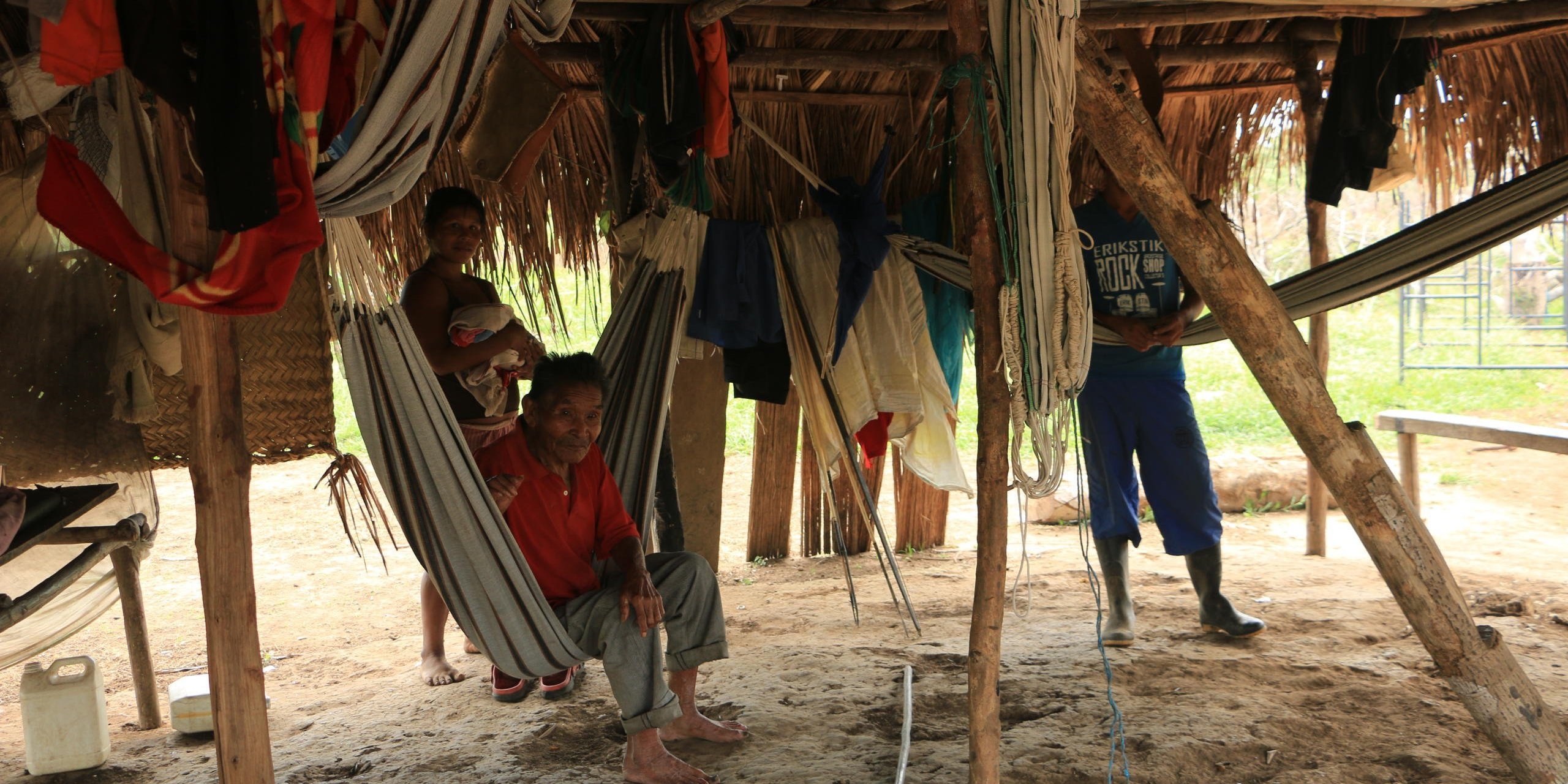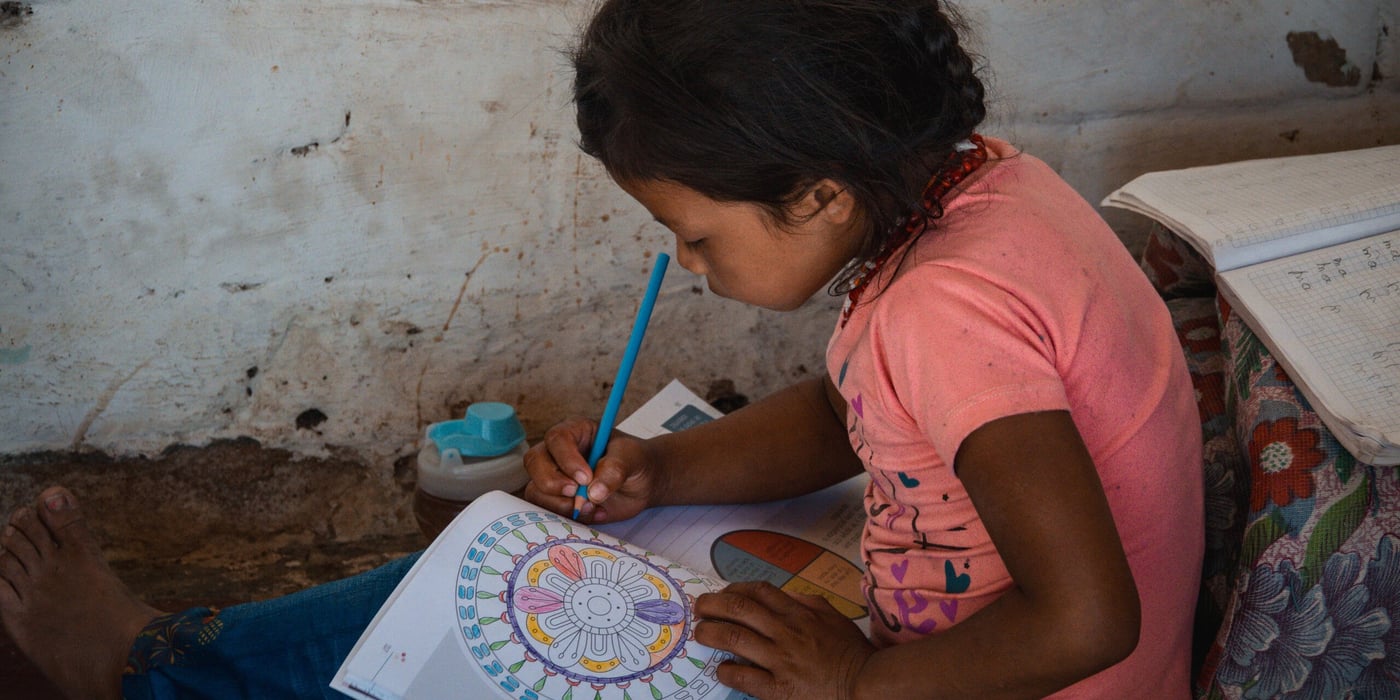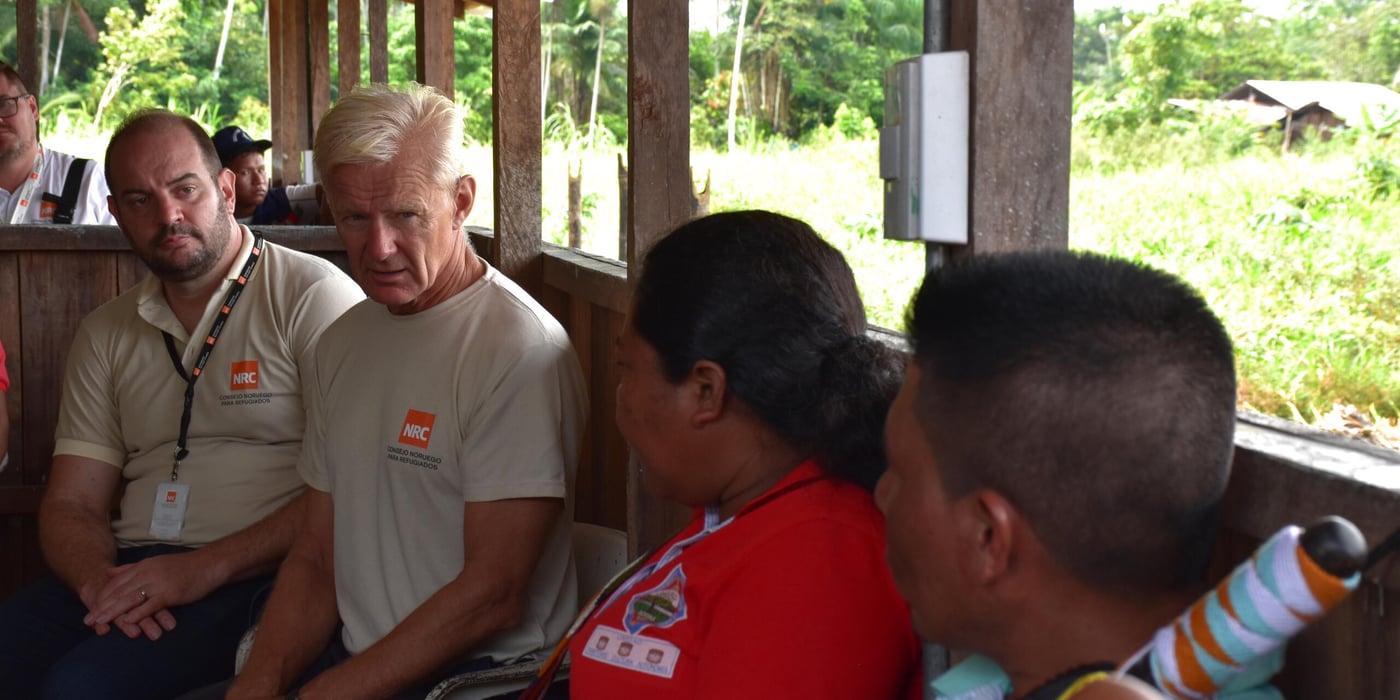
In incidents reflecting the countries complex security situation, NRC assisted hundreds of recently displaced people in Norte de Santander and Nariño provinces. They fled their homes in July because of intense clashes which left homes damaged by crossfire, and children afraid to return to their schools. Shelter, food and access to education were identified as the main needs of the displaced.
Group displacements increased in the first half of 2017 in Colombia. According to OCHA, displacement has increased with 20 per cent compared with the same period in 2016. This is despite a 60 per cent reduction in violent clashes between armed groups from 2012 to 2016.
“This new trend of more people fleeing violence is a serious cause for concern,” warned Visnes.
Still waiting for the peace dividend in conflict areas
The 2016 peace agreement between the Government and the Revolutionary Armed Forces of Colombia (FARC) was a milestone in the country’s 50-year war. It did not, however, usher in peace.
When FARC combatants left their territories, and laid down arms earlier this year, some discarded areas became coveted spoils for which other groups started competing violently. This often had catastrophic consequences for civilians. Elsewhere, FARC dissidents regrouped and remain active, especially in the southeast of the country.
In recent days, rights groups have accused these non-state armed groups of a range of offenses, including forced recruitment and displacement, planting mines, and preventing people in parts of the northwest from earning a livelihood on their farms.
“New armed groups and some long-established ones are violently occupying our regions left behind by FARC. All of them hope to get control of the cocaine trade, illegal deforestation and other criminal activities” said a member of the Wounan Indigenous community.
In addition, other armed groups, including National Liberation Army (ELN), are estimated to have displaced nearly 60 per cent of all those who’ve fled violence so far this year.
“The government and ELN must urgently agree a bilateral ceasefire to de-escalate the armed conflict as soon as possible to fuel peace in Colombia,” said NRC’s Christian Visnes. “Peace with FARC, though an important achievement, alone is not enough to stop the violence we’re witnessing.”
Indigenous and Afro-Colombians hardest hit
Indigenous and Afro-Colombian populations are disproportionally affected by the conflict. Over 70 per cent of people displaced in 2016 were indigenous and Afro-Colombians. Over 94 per cent were made up of this group in the first quarter of 2017. The pacific area of Colombia, where these communities live, is one the areas most affected by the conflict.
“Indigenous and Afro-Colombian communities make up some of the most vulnerable segments of Colombian society,” said Visnes. “The state should do more to protect these people. Concrete protection measures are needed in the areas most affected by conflict, in addition to timely investigations and prosecution putting an end to the impunity for the crimes committed against them.”
Lack of education and opportunities threaten Colombia’s future
Much of Colombia’s violence is driven by organised armed groups that are motivated by drug production and trafficking. Lack of opportunities and education, when combined with poverty, has become the perfect recipe for the continuation of coca crops and the armed conflict.
Peace prospects are under threat from Colombia’s coca industry. Coca production has surged to levels unseen in two decades, despite countless reforms and billions of dollars in investments to eradicate its cultivation.
Cultivation of the plant used to make cocaine rose 52 per cent last year from 2015, with United Nations estimating 145,000 hectares of Colombian land now contained coca crops.
Breaking the cycle of violence will require access to education, vocational trainings and income-generating opportunities for young people and demobilised combatants. These groups are especially susceptible to being recruited by armed groups.
Far from a timely and effective humanitarian assistance
In addition, the humanitarian situation is exacerbated by the Colombian government reduced focus on emergency response, and apparently redirecting funding to the peace process.
Despite the efforts of the state to attend to the situation, in most emergencies the humanitarian aid is not delivered in a timely fashion. During the first five months of 2017, NRC has responded to nine emergency events.



